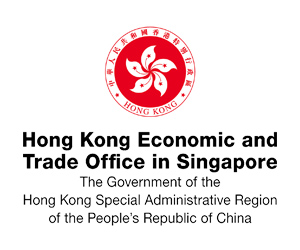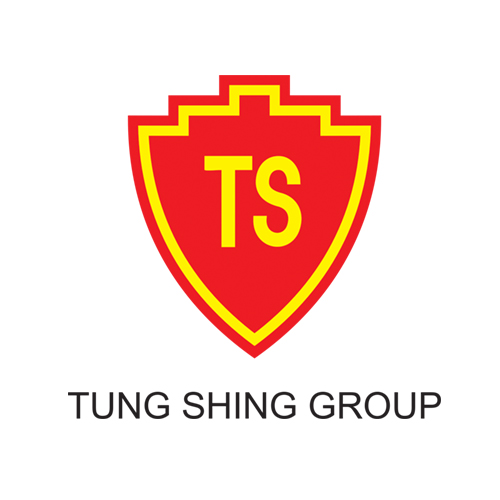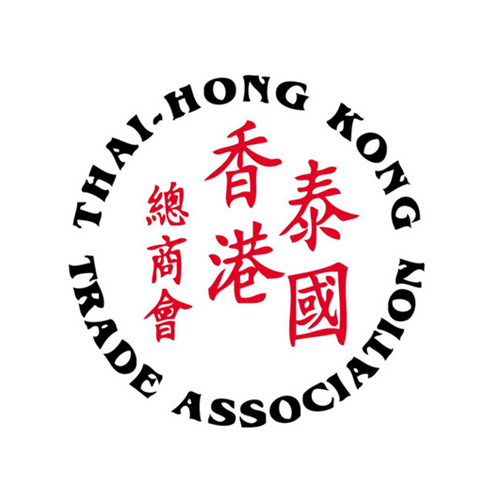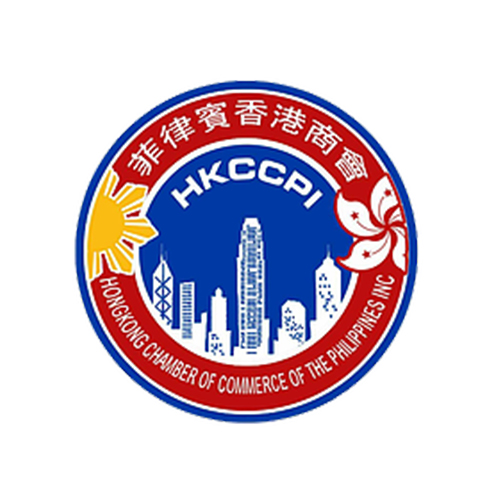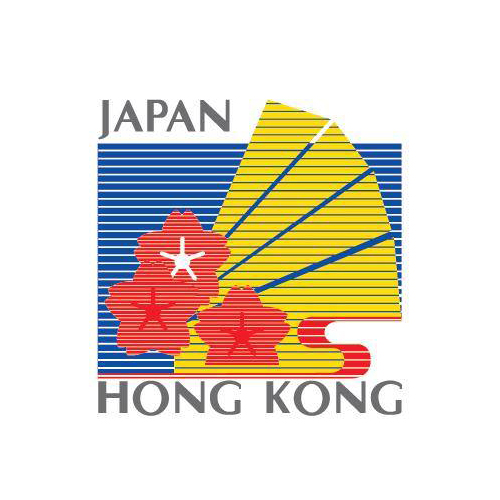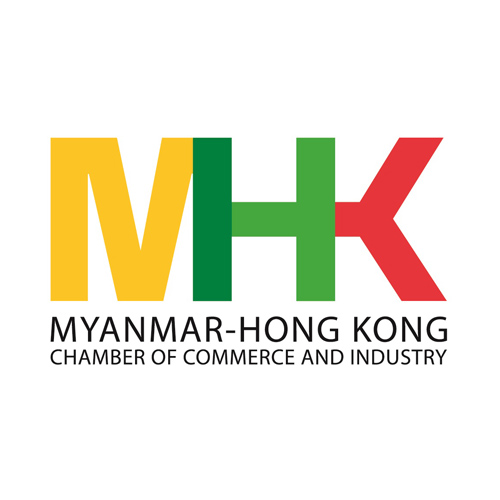Want to be in the loop?
subscribe to
our notification
Business News
LABOUR SHORTAGES HOLD BACK VIETNAMS LOGISTICS INDUSTRY
However, these employees could only meet 40 per cent of the sector's demand in Viet Nam, so the country was facing a serious shortage of workers in the next three years, the institute has reported.
In the next three years, those companies providing logistics services would need more than 18,000 workers, while other firms that provide their own logistics services would need more than a million more employmees, it said earlier this week.
A lack of vocational training and information was hindering the employment process for the sector, experts warned.
Dr Le Van Bay, a logistics lecturer, said education and training in colleges and universities had ignored the sector so only a few students studied logistics.
Bay said the HCM City University of Transport and the Viet Nam Maritime University had opened logistics faculties, but they faced increasing obstacles to improve the quality of training due to a lack of experienced lecturers.
The logistics service industry in Viet Nam has seen impressive progress in both speed and quantity, despite a shortage of capital, equipment and infrastructure.
However, most logistics companies in Viet Nam say they lack highly qualified staff.
A logistics employer from HCM City complained his company was struggling to expand due to a shortage of high-skilled workers.
He said most experienced logistic workers preferred part-time work, while new graduates were not qualified for the positions due to a lack of soft skills, including communication and foreign languages.
A recent survey by a HCM City development research institute said 53.3 per cent of logistics companies in the city faced a shortage of high-skilled workers.
About 30 per cent of those companies complained they had to re-train their employees and only 6.7 per cent were satisfied with their labourers' qualifications.
Fast growing
While the Vietnamese logistics sector is only in the early stages of development, demand for such services is growing fast, a development spurred by the country's continued inflow of foreign direct investment (FDI).
Following Viet Nam's 2007 World Trade Organisation accession, the country's FDI level has been rising steadily.
Accounting for more than half of the total accrued FDI, investment in manufacturing in particular has been driving the country's demand for international transport and logistics services.
Situated to the southeast of the Indochinese peninsula and with a 3,200 km coastline, Viet Nam depends heavily on sea freight transportation for its external trade.
With commercial and manufacturing activities developing much in the south, the ports along the Mekong River Delta and in HCM City have traditionally been the mainstay of Viet Nam's transport and logistics industries.
Source: VNEP
Related News
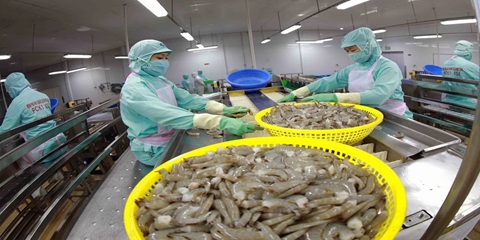
VIETNAM’S SEAFOOD EXPORTS HIT OVER US$10 BILLION IN JAN-NOV
Seafood export revenue in November alone amounted to nearly US$990 million, up 6.6% year-on-year. Key product groups posted solid gains. Shrimp exports rose 11.7% to over US$385 million, supported by strong demand for whiteleg shrimp and lobster. Tra fish shipments increased 9.7% to almost US$197 million, while marine fish, squid, and mollusk exports maintained their recovery.
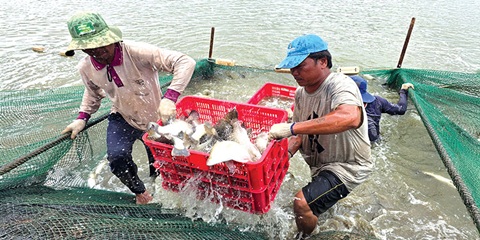
VIETNAM’S AGRO-FORESTRY-FISHERY EXPORTS HIT NEW RECORD IN JAN-NOV
Vietnam’s agro-forestry-fishery export revenue reached an estimated US$64.01 billion in the first 11 months of 2025, up 12.6% year-on-year and surpassing the full-year record of US$62.4 billion set in 2024. Agricultural exports reached US$34.24 billion, up 15% year-on-year, while livestock products brought in US$567.4 million, a 16.8% increase. Seafood exports rose 13.2% to US$10.38 billion, and forestry products earned US$16.61 billion, up 5.9%.

HANOI REPORTS RECORD-HIGH BUDGET REVENUE IN 2025
Hanoi’s budget revenue is estimated to reach VND641.7 trillion in 2025, the highest level ever recorded and nearly 25% above the revised target, according to a report by the municipal government. Data from the city’s socioeconomic performance review shows that total state budget collections in 2025 are projected to reach 124.9% of the adjusted plan and rise 24.9% from 2024, the Vietnam News Agency reported.

VIETNAM, CHINA TO PILOT TWO-WAY CARGO TRANSPORT AT LANG SON BORDER
Vietnam and China will launch a one-year pilot program on December 10 to allow two-way cargo transport through the Huu Nghi–Youyi Guan international border gates in Lang Son Province, reported the Vietnam News Agency. The Dong Dang-Lang Son Economic Zone Management Board said the trial aims to reduce transport costs and improve customs clearance capacity.
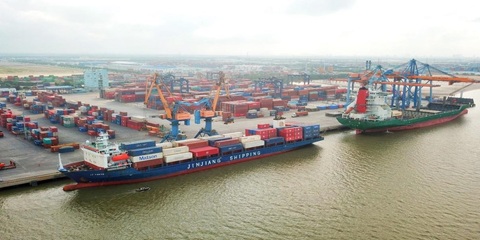
VIETNAM’S IMPORT-EXPORT VALUE NEARS US$840 BILLION IN JAN-NOV
The total value of Vietnam’s imports and exports was nearly US$840 billion between January and November this year, the highest level ever recorded, according to the National Statistics Office. In its latest report on the country’s socio-economic performance, the National Statistics Office highlighted a series of positive economic indicators, with trade emerging as one of the strongest drivers of growth.

OVER 19 MILLION INTERNATIONAL VISITORS COME TO VIETNAM IN JAN-NOV
Vietnam received more than 19.1 million international visitors in the first 11 months of 2025, a 20.9% increase year-on-year and the highest level ever recorded, according to the National Statistics Office. The figure surpasses the full-year record of 18 million arrivals set in 2019, before the Covid-19 pandemic. Nearly two million foreign visitors arrived in November alone, up 14.2% from October and 15.6% from the same period last year.
